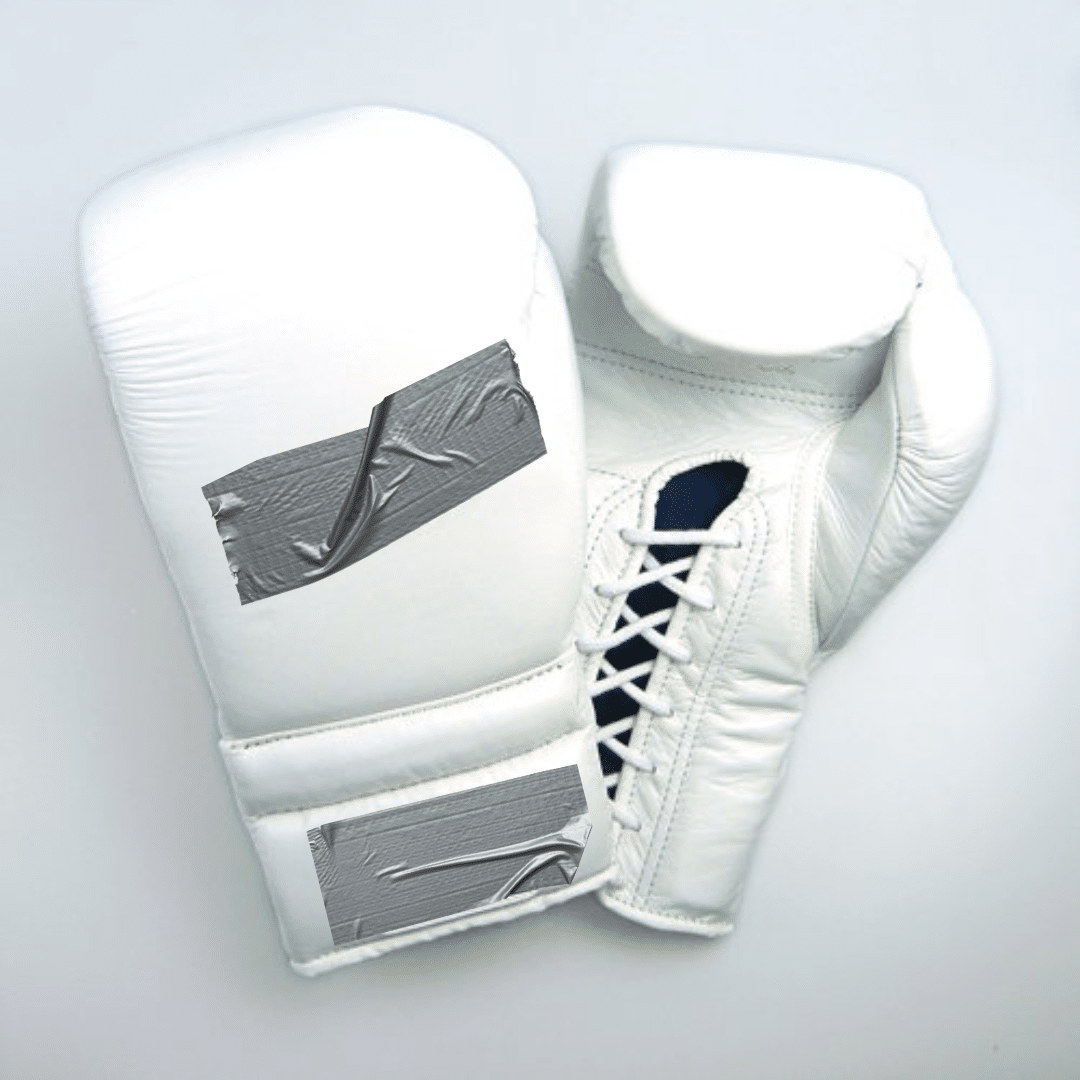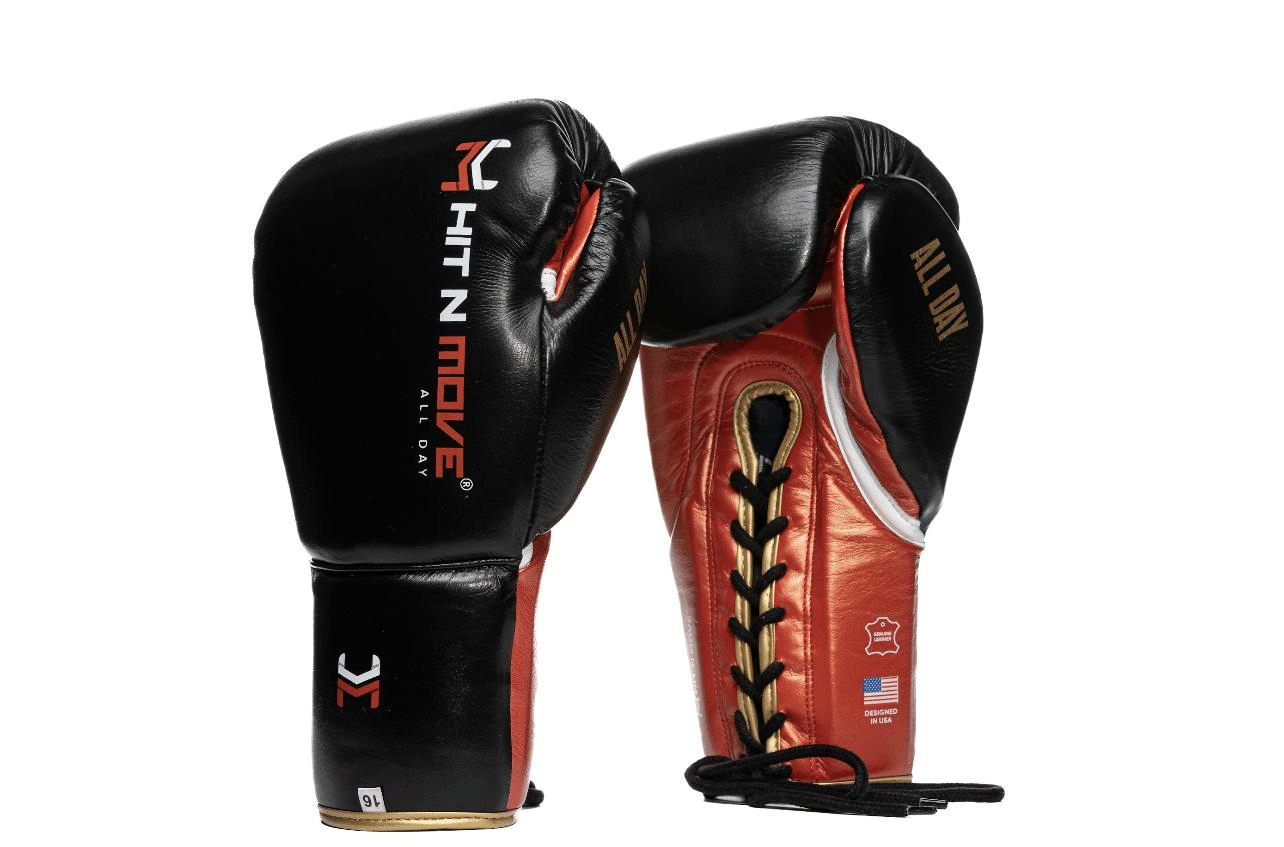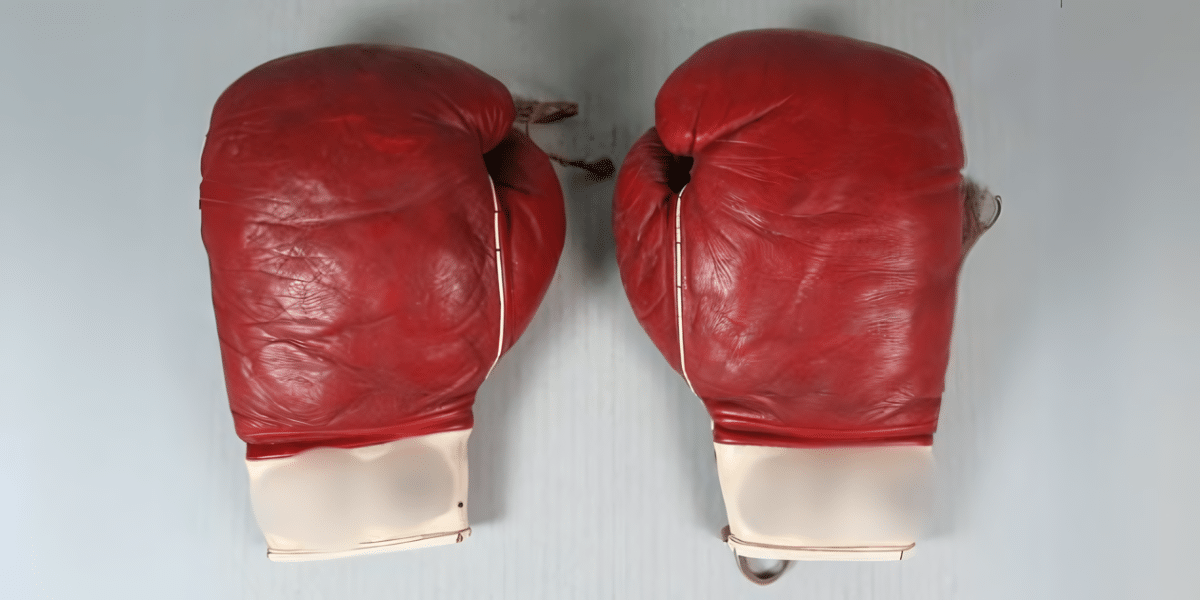By: Joah Faiello
Boxing gloves have undergone significant transformations over the decades, evolving from simple protective gear to sophisticated equipment designed to enhance performance and safety. The progression of glove padding reflects these advancements, illustrating a fascinating journey of innovation and technology in the sport.
The Early Days: 1970s Glove Padding
In the 1970s, boxing glove padding was markedly different from what we see today. Back then, horsehair and basic foam were the primary materials used. Horsehair, known for its dense and firm characteristics, was favored for its ability to withstand heavy use. However, it often lacked consistency and durability, leading to a shorter lifespan for the gloves. The distribution of padding was another area of concern, as it was often uneven, resulting in harder impacts and less protection for both the wearer and their opponent.
The gloves from this era were generally lighter and smaller compared to modern standards, with common weights around 8 to 10 ounces for competition gloves. While this made them less cumbersome, it also meant that they offered less protection. The simpler design and construction of these gloves prioritized basic functionality over ergonomics and comprehensive hand protection.
The Shift to Layered Foam: 1980s and 1990s
The 1980s and 1990s saw a significant leap in boxing glove technology with the introduction of layered foam padding. Manufacturers began to use multiple layers of foam with varying densities, each layer serving a specific purpose, such as distributing impact, providing cushioning, and maintaining the glove’s shape. This multi-layer approach greatly improved shock absorption, making the gloves safer for both boxers.
High-density foams emerged during this period, offering enhanced durability and the ability to maintain their shape over time. Technological advancements led to the development of new synthetic materials that outperformed traditional horsehair, providing superior shock absorption and comfort. Additionally, glove designs began to incorporate better ergonomics, offering improved wrist support and hand alignment to reduce injuries and enhance overall performance. The introduction of gel padding further revolutionized glove design, as gels provided excellent shock absorption and helped evenly distribute the force of impacts.

Photo Courtesy: Hit N Move
Modern Innovations: Early 2000s and Beyond
The early 2000s brought about further advancements in glove padding with the advent of Injected Molded Foam (IMF). This technology involved injecting foam into a pre-formed mold, ensuring consistent density and shock absorption throughout the glove. IMF gloves offered better hand protection and increased longevity, setting a new standard for boxing gloves.
High-tech synthetic materials continued to evolve, with engineered foams and composites enhancing performance and durability. These materials not only provided superior shock absorption but also maintained their shape better over time compared to traditional foams. Modern gloves also saw significant improvements in fit and ergonomics. Advances in glove construction allowed for a more natural hand position and better wrist support, reducing the risk of injury. Some gloves even featured adjustable padding to cater to individual preferences and needs.
Innovations in materials led to the development of breathable and antimicrobial fabrics, improving comfort and hygiene. These features helped reduce odor and bacteria buildup, making gloves more pleasant to use and easier to maintain. Additionally, some modern gloves incorporated integrated hand-wrap systems, providing additional support and protection for the wrists and knuckles. This integration simplified the process of securing the gloves and ensured a consistent level of protection.

Photo Courtesy: Hit N Move
The Next Generation: Dart Padding by HIT N MOVE®
One of the latest innovations in boxing glove padding is Dart (DR-T) Padding, developed by HIT N MOVE® under the leadership of Ozhan Akcakaya, the founder and CEO. This advanced padding technology was designed in collaboration with orthopedic surgeons to mimic the flight dynamics of a dart while providing effective performance and protection during strikes. By understanding the mechanics of punching and applying the principles of human bone weight distribution, HIT N MOVE® created a glove that offers superior balance, protection, and comfort.
HIT N MOVE®’s Dart Padding features micro layers that contribute to crafting a compact, comfortable, and long-lasting glove. Ozhan Akcakaya’s dedication to innovation and quality is reflected in the company’s commitment to advancing boxing gear technology. His wife, Alaina Akcakaya, serves as the Vice President of Public Relations, playing a crucial role in promoting the brand and its cutting-edge products.

Photo Courtesy: Hit N Move
Conclusion
The evolution of boxing glove padding highlights the continuous advancements in sports technology aimed at improving safety and performance. From the rudimentary horsehair and foam padding of the 1970s to the sophisticated multi-layered and injected molded foams of today, the journey of boxing gloves illustrates the relentless pursuit of excellence in the sport. Modern innovations like Dart Padding by HIT N MOVE® exemplify how far the industry has come, offering athletes unparalleled protection and performance. As technology continues to evolve, the future of boxing gloves promises even greater advancements, ensuring that athletes can train and compete with the highest level of safety and efficiency.
Published by: Martin De Juan







